"The 9 Tips Foot Doctors Give Patients About Wearing Sandals" - Reader's Digest

By Kelsey Kloss
How to avoid blisters, pain, and foot damage when sporting your favorite summer shoe.
Sandals should not bend in half
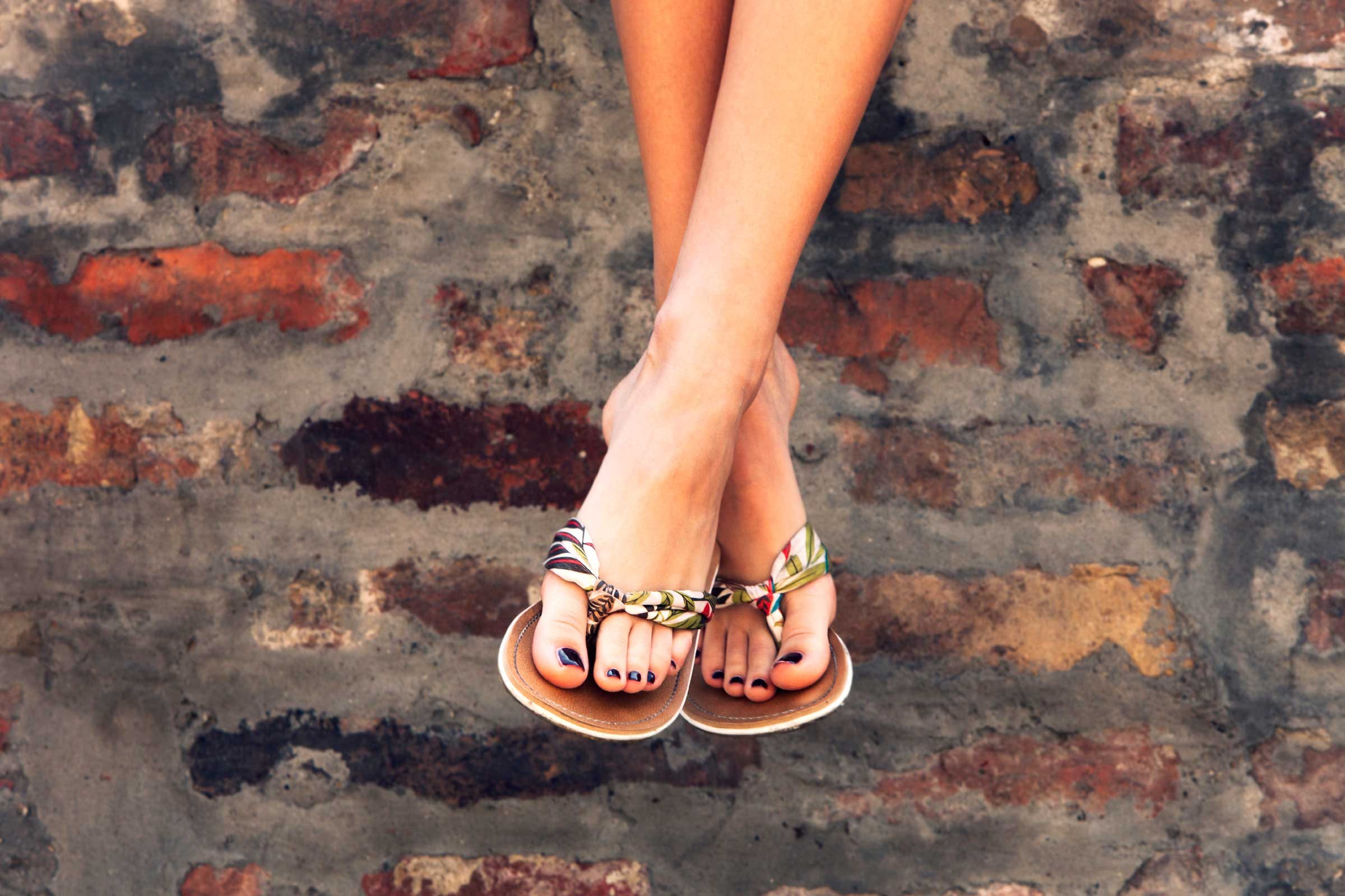
With very flimsy flip-flops, you barely have more support than if you were barefoot. Lack of support can cause inflammation of the plantar fascia, a thick band of tissue that runs from the ball of your foot to the heel, resulting in arch pain. Over time, this may even cause foot flattening. “The arch helps you absorb stress as you walk,” says Ken Jung, MD, foot and ankle surgeon at Kerlan-Jobe Orthopaedic Clinic in Los Angeles. “If flip-flops or sandals are not providing adequate arch support, your foot will fatigue faster. You’ll feel sore as you rely on tendons that help support the arch.” Bend your flip-flops in half: If they’re flexible and fold, they aren’t providing enough support. (Stinky feet? Try one of these foot odor home remedies).
Moisturizing is especially important
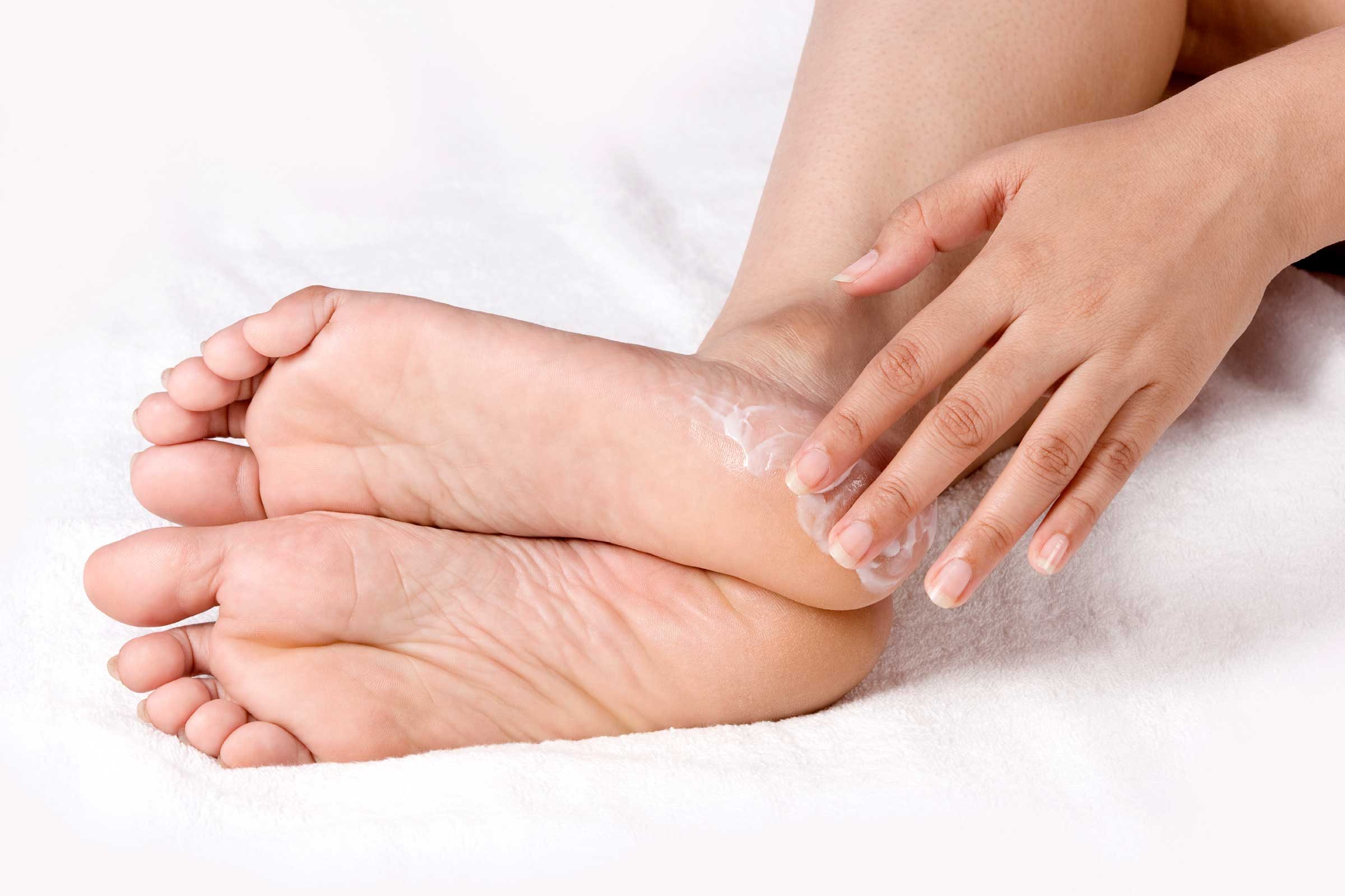
Pay attention to the rest of your body
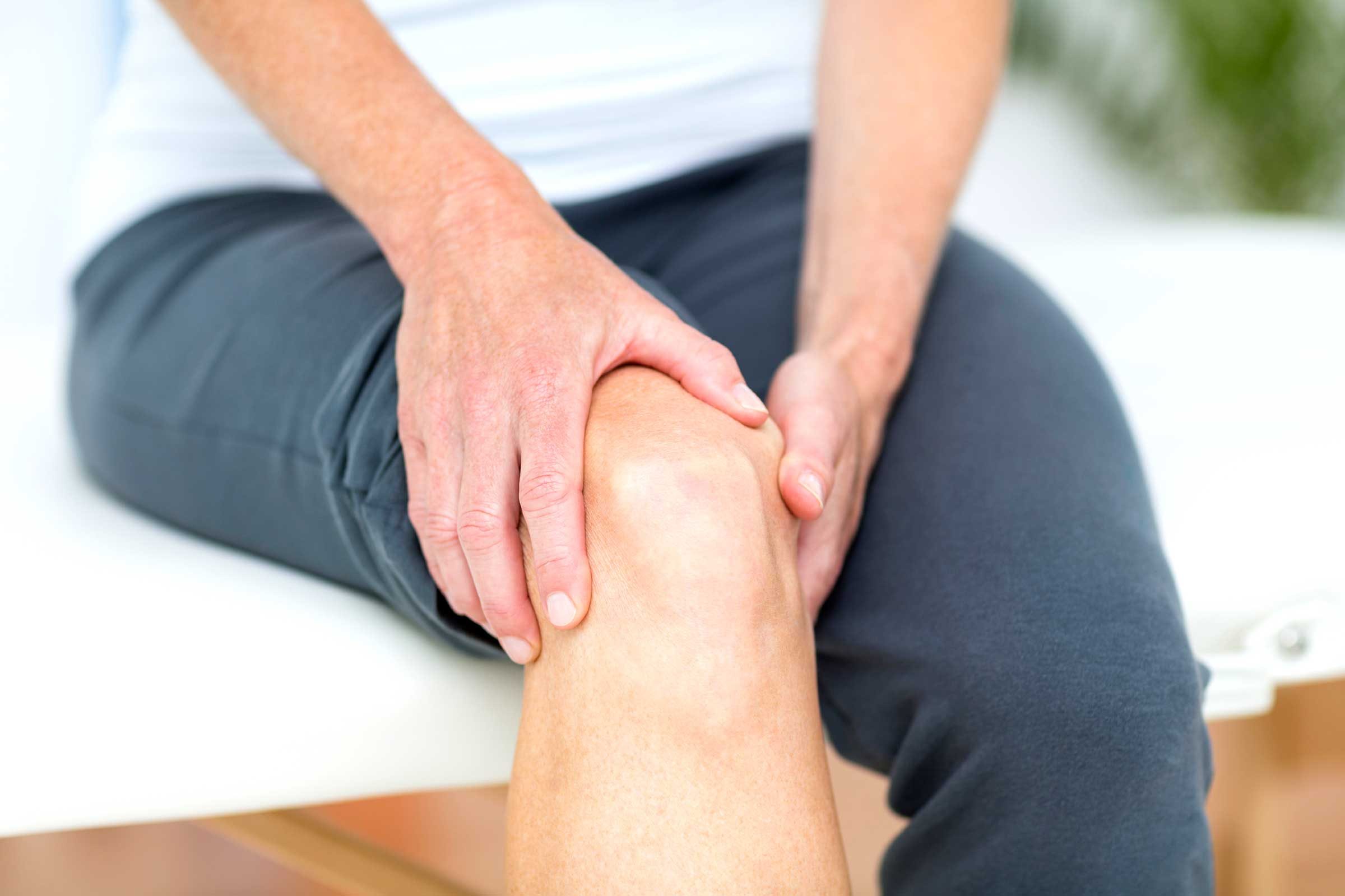
Use these tricks to break sandals in
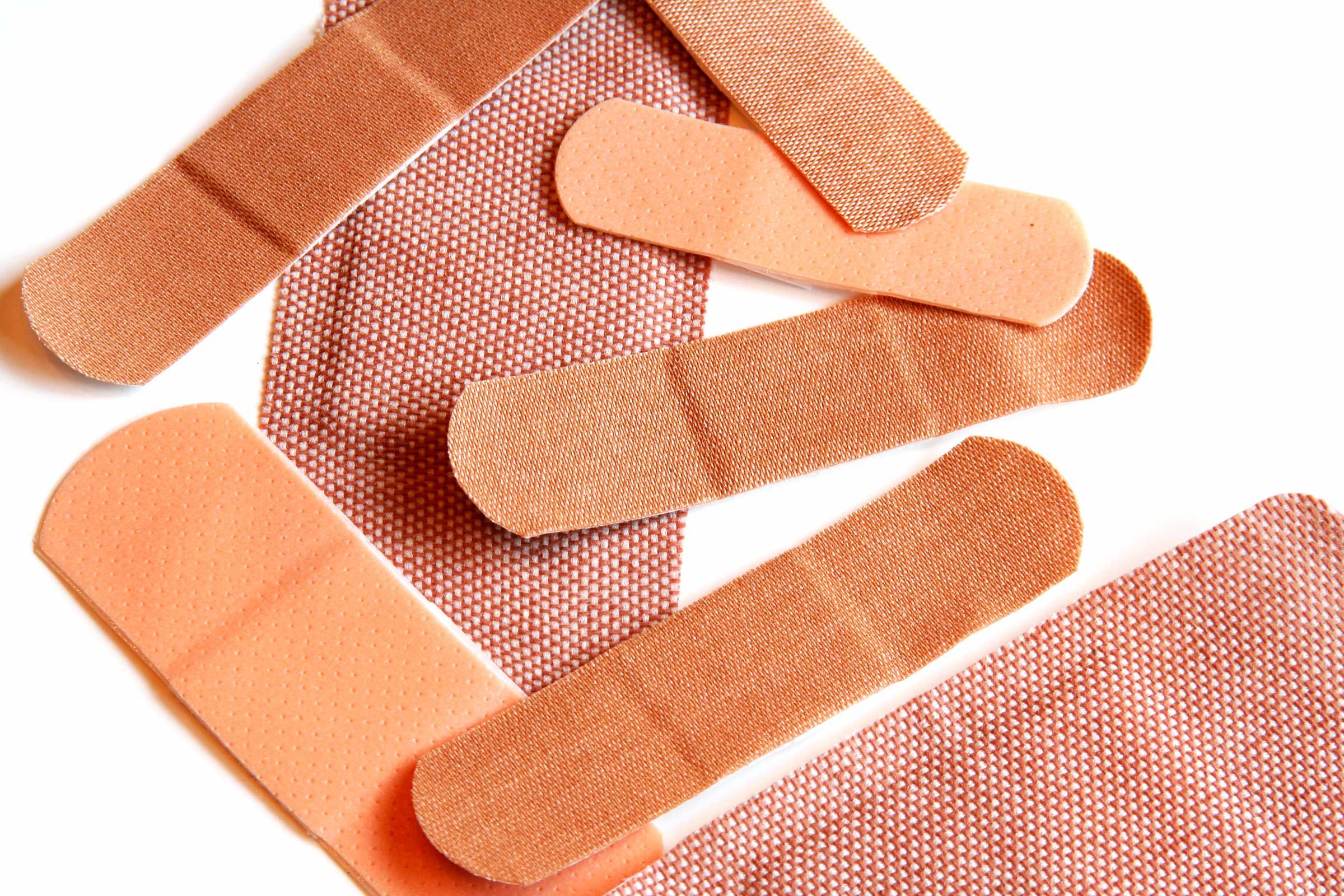
Breaking in new shoes is undeniably uncomfortable. If you wear thong sandals, consider extra padding. “Lay a bandage between the first and second toes to give yourself a little more cushion,” says Dr. Jung. “You can also try breaking in the sandal yourself by using your fingers. Just stretch the material so it’s not as rigid.” Wear new flip-flops in short increments of time to avoid blisters and calluses. A Disneyland trip is not the time to sport your new sandals—or any without good support, for that matter.
Wear them for relaxation only
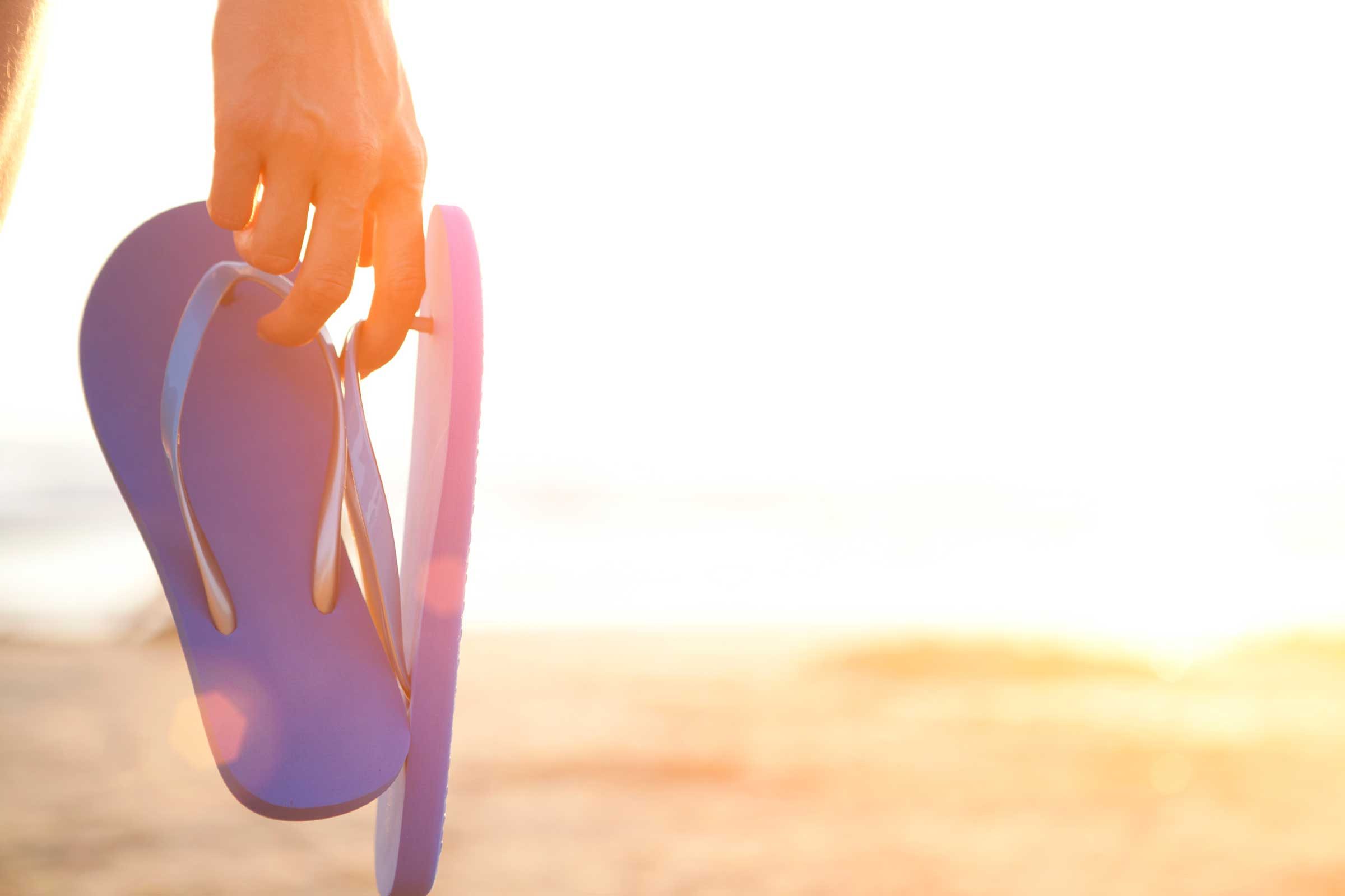
Sandals are not meant for walking through the mall. “Remember, flip-flops are really reserved for poolside and beach,” says Jacqueline Sutera, DPM, a podiatrist and spokesperson for the American Podiatric Medical Association and Vionic Innovation Lab. “That is what the shoes are made for. They’re meant to protect you from sand and water.” Sandals and flip-flops also increase your chances of tripping and injury. “Sandals provide no support to keep the foot in place, so it’s very easy to trip, twist or sprain your ankle, or even break a bone,” says Dr. Neufeld.
Have diabetes? Be extra cautious
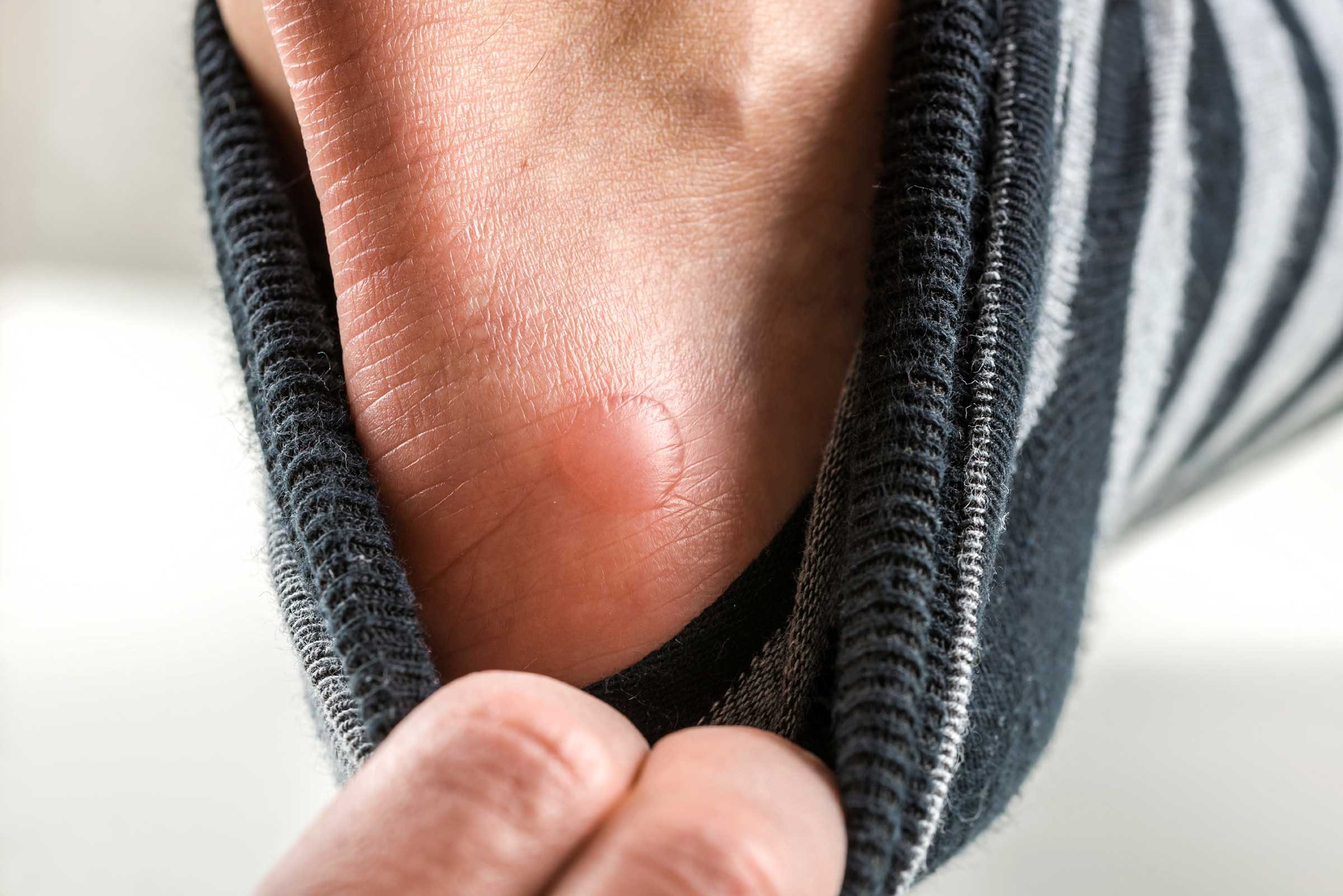
Consider the straps, too
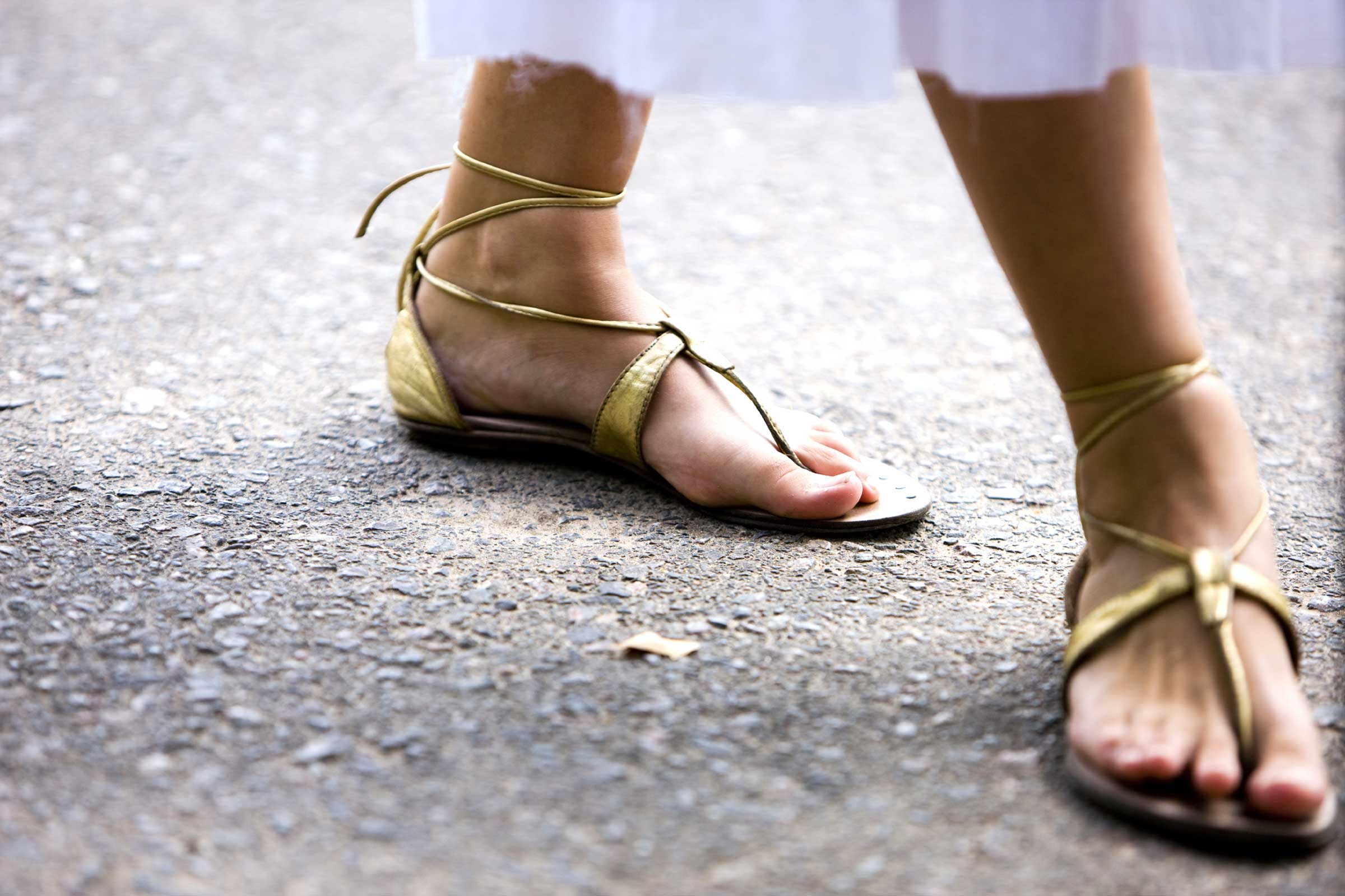
Know when it’s time to buy new sandals
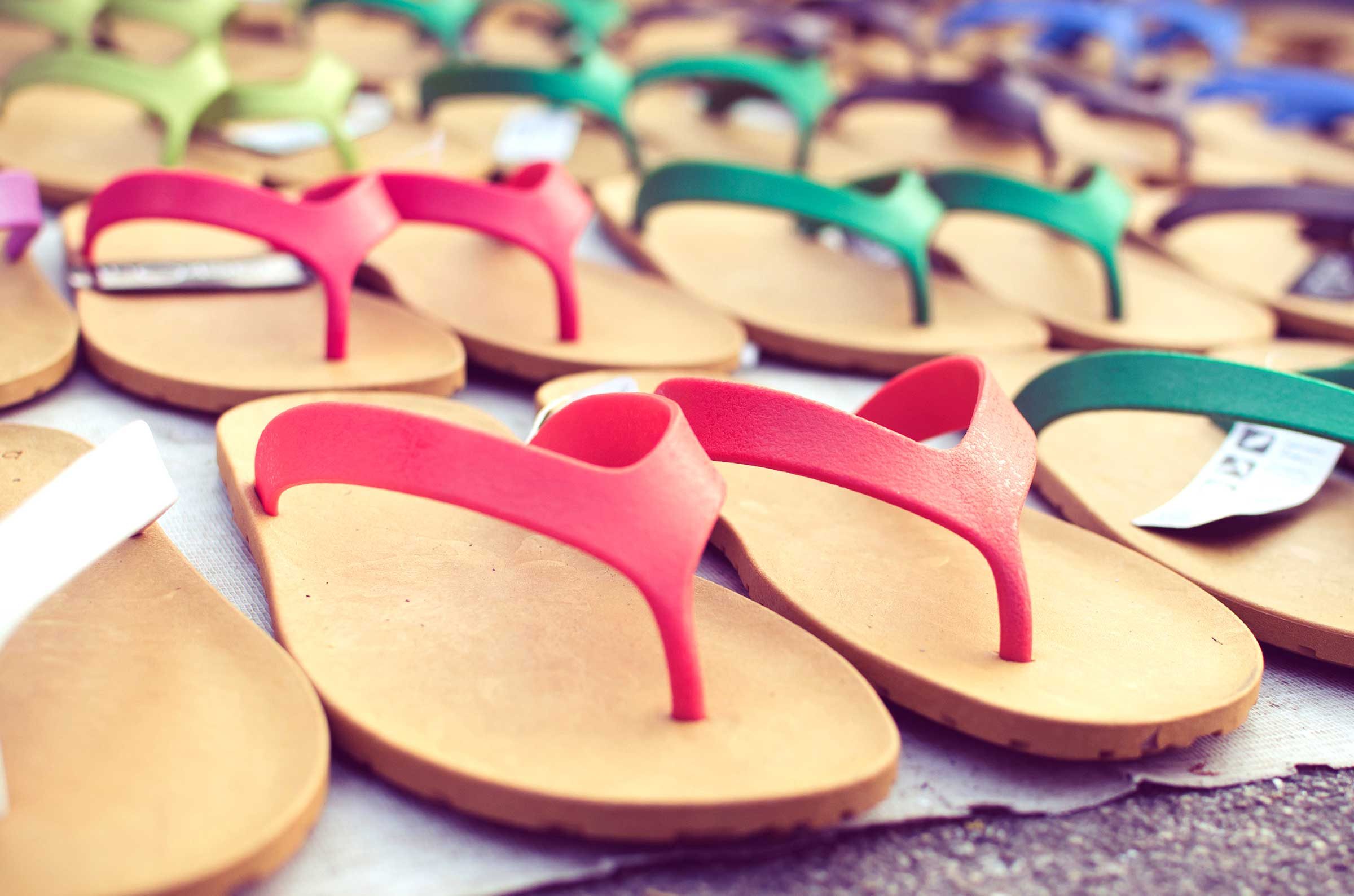
Even if shoes were once supportive, they may grow flimsy after years of wear. “They might still look cute from the top, but you really have to inspect the bottom,” says Dr. Sutera. “The soles can tell you a lot about whether or not the shoe is in good shape. Worn-out soles will be tilted.” Try this at-home test to check for yourself: Place the shoes on a table top and look at them at eye-level. If they’re not completely flat, it’s time to get them repaired or replace them.
Always try them on before purchasing
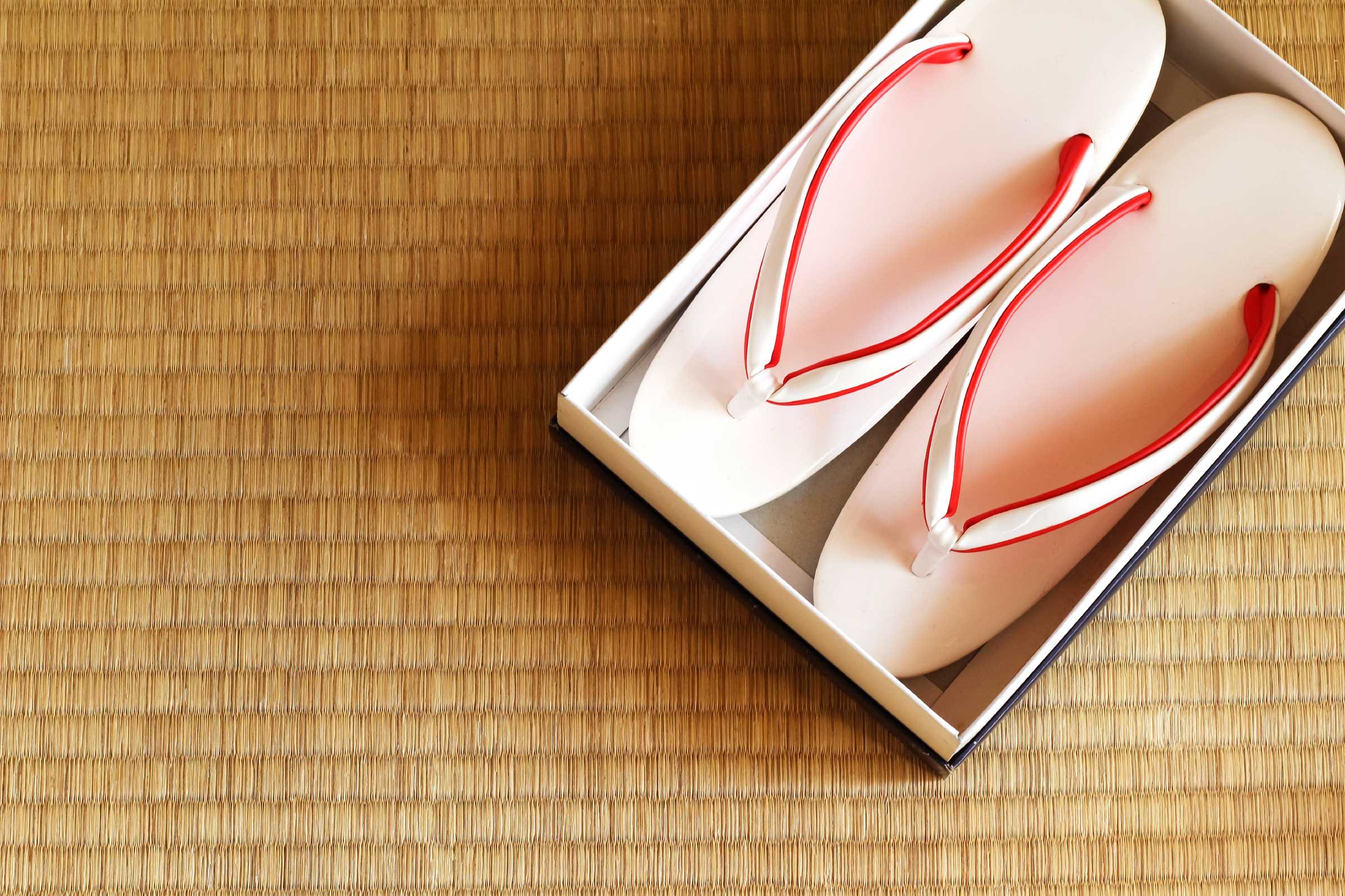
Just because it's easy to shoe shop online doesn't mean you should. “Everybody has a different foot,” says Dr. Neufeld. “Some people have high arches, some people have low arches, and some people have different feet shapes. A flip-flop you just pull of the shelf at a store won’t necessarily fit you.” Go to a store where you can try on the sandals in person, and look for a shock-absorbing sole, a good arch, and a cup for the heel (which offers extra support).

